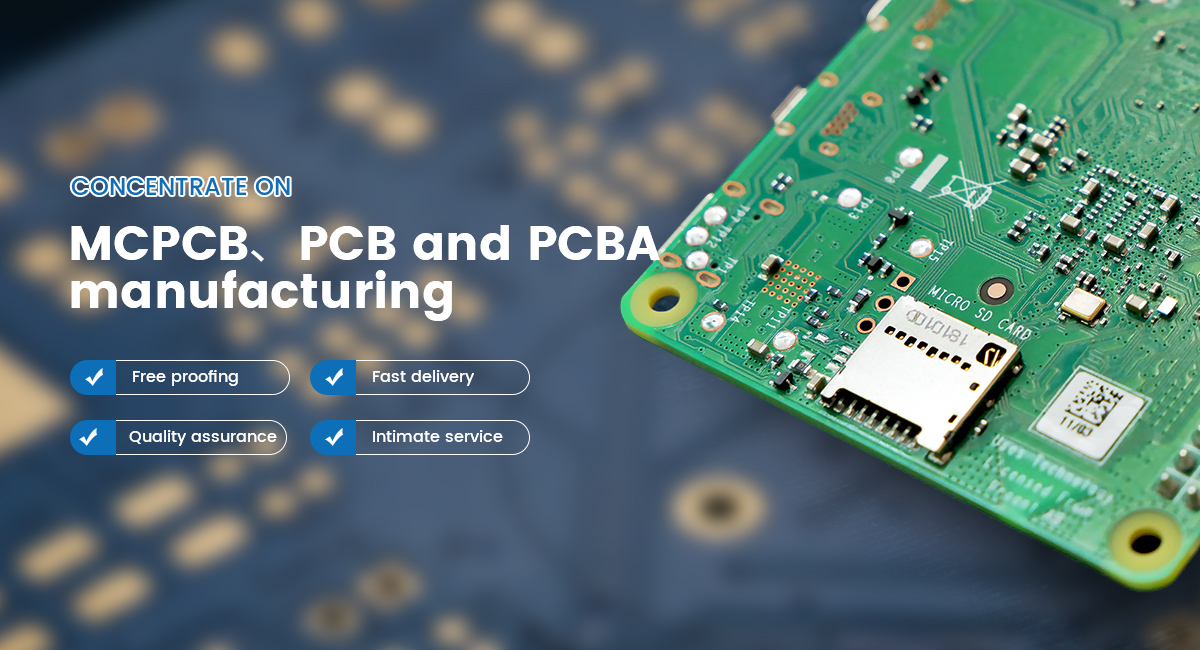Time:2022-12-15 Visit:
1. Introduction to Copper Foil
Copper foil: a kind of negative electrolytic material. It is a thin, continuous metal foil deposited on the substrate of PCB, which acts as the conductor of PCB. It is easy to adhere to the insulating layer, accept the printing protective layer, and form the circuit pattern after corrosion. Copper mirror test: a kind of flux corrosion test, using a vacuum precipitation film on the glass plate.

Copper foil is made of copper and other metals in a certain proportion. There are generally two types of copper foil, 90 foil and 88 foil, namely, 90% and 88% copper content, and the size is 16 * 16cm. Copper foil is the most widely used decorative material. For example: hotels, temples, Buddha statues, gold lettered signboards, ceramic tile mosaics, handicrafts, etc.
2. Product characteristics
The copper foil of PCB circuit board has low surface oxygen characteristics, which can be attached to various substrates, such as metals, insulating materials, etc., and has a wide temperature range. It is mainly used for electromagnetic shielding and anti-static. The conductive copper foil is placed on the substrate and combined with the metal substrate, which has excellent conductivity and provides electromagnetic shielding effect. It can be divided into: self-adhesive copper foil, double conductive copper foil, single conductive copper foil, etc.
Electronic grade copper foil (with purity above 99.7% and thickness of 5um-105um) is one of the basic materials of the electronic industry. The electronic grade copper foil is rapidly developing. The use of electronic grade copper foil is increasing. PCB products are widely used in industrial calculators, communication equipment, QA equipment, lithium ion batteries, civil televisions, video recorders, CD players, copiers, telephones, air-conditioning, automotive electronic components, game consoles, etc. The demand for electronic grade copper foil, especially high-performance electronic grade copper foil, is increasing in domestic and foreign markets. Relevant professional institutions predict that by 2015, China's domestic demand for electronic copper foil will reach 300000 tons, and China will become the largest manufacturer of printed circuit boards and copper foil bases in the world. The market for electronic copper foil, especially high-performance foil, is promising.
3. Global supply of copper foil
Industrial copper foil can be generally divided into two categories: calendered copper foil (RA copper foil) and spot cracked copper foil (ED copper foil). Among them, the calendered copper foil has good ductility and other characteristics, which is used in the early soft plate manufacturing process, while the electrolytic copper foil has the advantage of lower manufacturing cost than the calendered copper foil. As the calendered copper foil is an important raw material of the soft board, the property improvement and price change of the calendered copper foil have a certain impact on the soft board industry.
As there are few manufacturers of calendered copper foil, and the technology is also in the hands of some manufacturers, customers have a low grasp of the price and supply, so on the premise of not affecting the product performance, it is a feasible solution to replace the calendered copper foil with electrolytic copper foil. However, if the physical characteristics of the copper foil structure will affect the etching in the next few years, the importance of calendered copper foil will be enhanced again in the thin and thin products and high-frequency circuit board products due to telecommunications considerations.
There are two major obstacles in the production of calendered copper foil: resource obstacles and technology obstacles. The resource obstacle means that the production of calendered copper foil needs the support of copper raw materials, which is very important to occupy resources. On the other hand, technical barriers deter more new entrants. In addition to calendering technology, surface treatment or oxidation treatment technology is also. Most global large factories have many technology patents and key technologies KnowHow, increasing barriers to entry. If new entrants are subject to post harvest processing and production, and are subject to the cost constraint of large factories, it is not easy to successfully join the market, so the global calendered copper foil still belongs to the exclusive market.